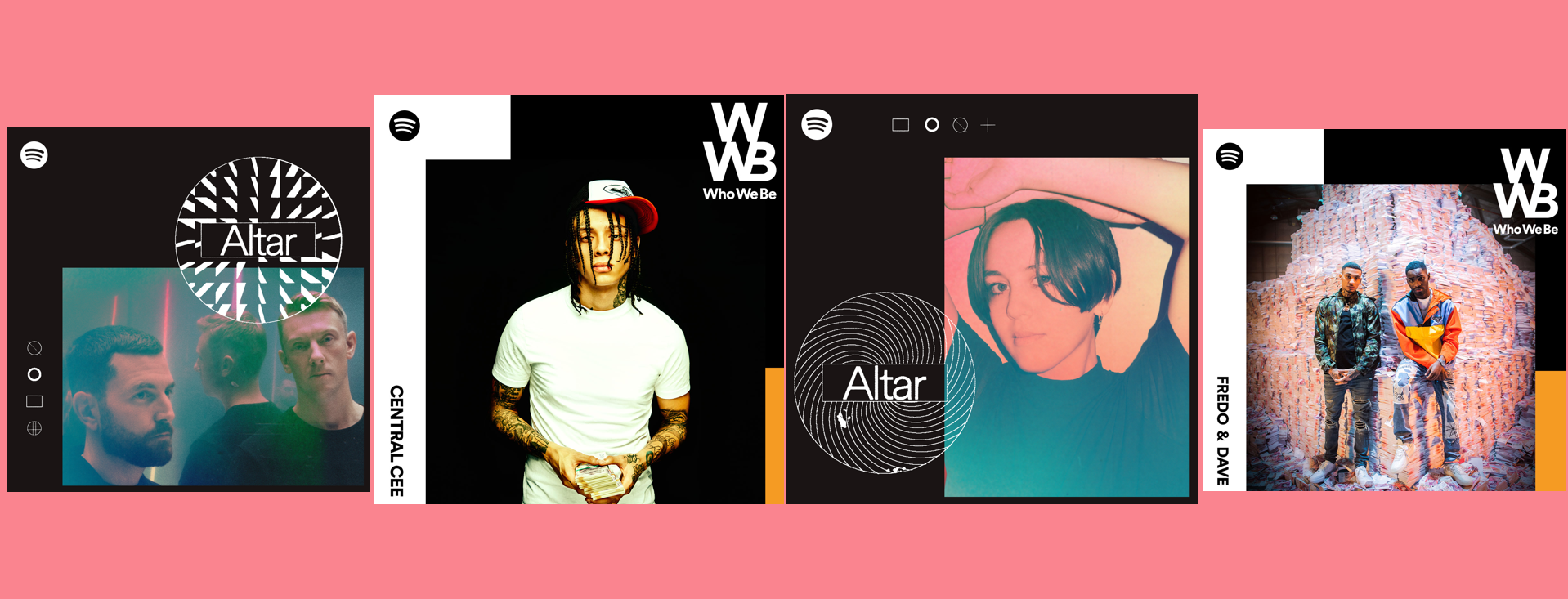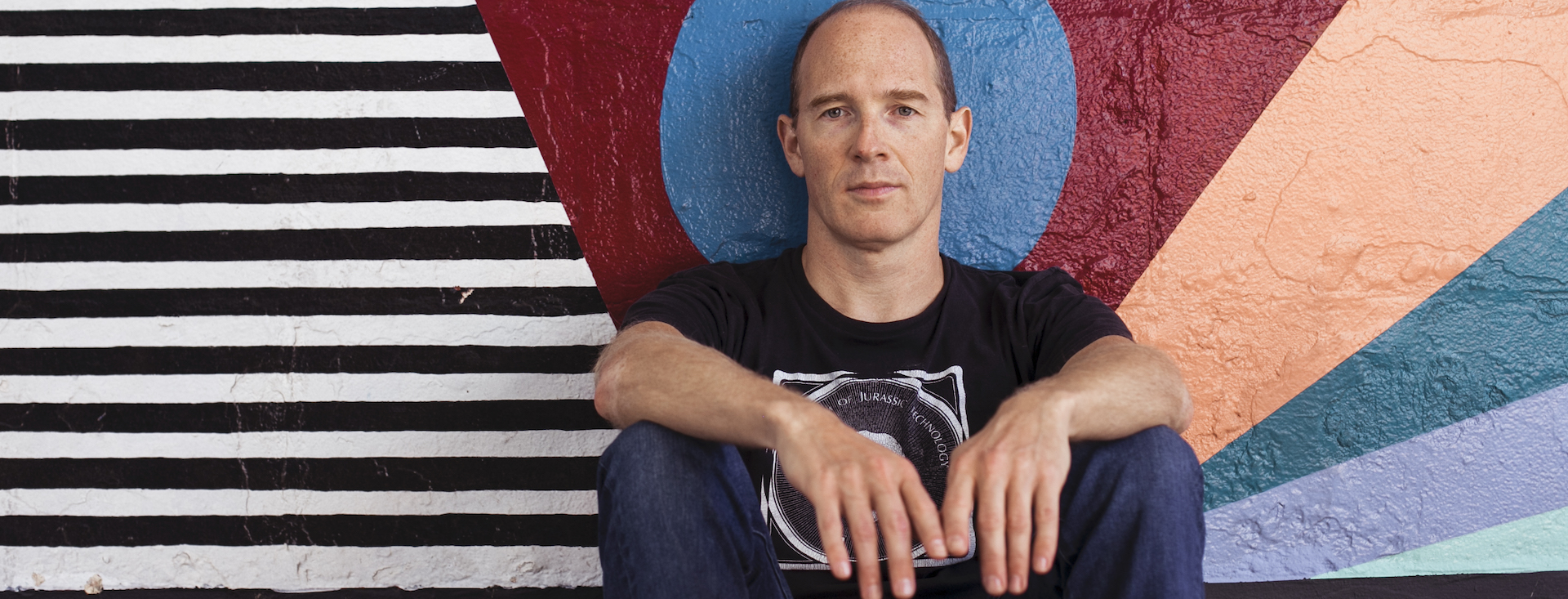
Spotify’s editorial playlists are full of musical collections that fans won’t find anywhere else. Some of these playlists follow moods, while others contain songs curated for a specific genre—many of these playlists highlight emerging artists and help them connect their music with new audiences.
In the UK and Ireland, three flagship playlists are particularly influential. Listeners can find the UK’s biggest rap, grime, R&B, Afrobeat, and dancehall hits on Who We Be. Altar is the destination for the best electronic dance music. And for those looking to experience new and emerging genreless sounds, the Our Generation playlist contains some of the most exciting emerging acts on the UK and Irish scenes.
In 2020, many fans discovered new artists through these lists, and the proof is in the numbers. Read on to learn about some of the standout artists who saw success on these playlists last year.
Who We Be
The Who We Be playlist has grown significantly since its launch in 2016, and it now has over half a million fiercely loyal and engaged followers. One of the playlist’s biggest breakthroughs in 2020 was Central Cee. The West London rapper commanded more than 200,000 streams from the Who We Be playlist alone, and he saw almost instant success with his single “Day In The Life.” Since he joined the Who We Be Community, the artist’s followers on Spotify have grown by almost 359%.
S1mba is another rapper who made waves last year with his debut single, “Rover (feat. DTG),” which peaked at number two in the UK Top 40 in April. The Zimbabwean-born Londoner is the 15th-most-streamed artist overall on the playlist, and since “Rover” was released, he has seen a 16,435% rise in listens.
After being featured on Who We Be, Tiana Blake’s “Cut Ties” became the best-performing traditional R&B track from a British artist on the playlist. The track went on to make waves in other global Spotify playlists, such as Chilled R&B, and saw a 159% rise in streams.
Altar
Dance and Electronic music isn’t going anywhere. If you need proof, look no further than the Altar playlist, which saw a 193% increase in listens in 2020. One of the biggest artist breakthroughs of 2020 was award-winning producer Fred Gibson, who released tracks under his alias, Fred again... The artist’s unique sound blends raw vocal samples with club-ready euphoria and has been a hit with the Altar audience; they’ve made him one of the top 20 most-streamed artists on the playlist last year.
TSHA was the third-most-streamed UK female on the playlist in 2020. She saw an increase in year-on-year streams of 134%. TSHA’s single “Change” with Gabrielle Aplin, which was recorded at a Spotify Song Writing Camp in 2019, became one of the top-100-streamed tracks from Altar in 2020.
In May, one of Europe’s most exciting DJs and producers, India Jordan, launched their genre-defining EP For You. Two of the tracks, “For You” and “I’m Waiting,” were featured on the Altar playlist, and over the course of the year, their streams increased by 388%. India was also one of Spotify’s RADAR first listen artists in 2020.
Our Generation
Genreless playlists are growing in popularity around the world, and the case is no different for Our Generation. The playlist, which surfaces the new wave of artists emerging across the UK and Irish musical landscape, saw an 18% increase in streams in 2020. With playlist takeovers from some of the most exciting breakthrough artists on the scene, including beabadoobee, Thomas Headon, and Biig Piig, the home of genre-defying artists has driven huge discovery for fans this year.
Our Generation played an influential role in elevating many artists, including rising star Holly Humberstone, who has grown her audience to over 2 million monthly listeners since her first release, “Deep End,” was added to the playlist in early 2020.
Other acts that saw great first-time success include Tayo Sound, who was busking on the streets of Reading less than a year before making it onto the cover of the Our Generation playlist in May 2020. His hits “Cold Feet” and “Heartbreaker” were two of the most-streamed tracks on the playlist in 2020, and overall his streams soared by more than 1,000% in the last six months.
Kamal, an 18-year-old London alternative R&B star, secured the second-most-streamed track on Our Generation with “homebody” after he was featured on his first Spotify playlist cover art in early 2020. Since then, the artist has seen an 84% growth in listens.
With a new year comes more new music. Follow these playlists to discover the latest finds when it comes to emerging artists and hit tracks.






Recent Comments